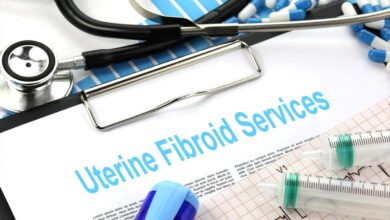How To Improve Health Literacy

In the US, there is a huge health literacy problem. In fact, according to the U.S. Department of Health and Human Services, nine out of ten adults don’t have the necessary skills that can help them manage their health and even prevent diseases. Low health literacy is linked to a higher rate of chronic diseases, poor self-care, and preventable hospitalization.
But what is health literacy? Healthy literacy is defined as the degree to which a person can obtain, communicate, process, and comprehend basic health information and services so that they can make the right health decisions. For instance, an individual with a high level of health literacy understands the connection between eating a poor diet and obesity risk. This can empower them to make better lifestyle choices. They can also identify the basic symptoms of a chronic illness, so they can access health care when needed.
So how can healthcare providers help patients improve their health literacy? Well, continue reading this piece to understand some of the strategies that healthcare providers can use to help improve their patients’ health literacy.
- Use plain language
Healthcare providers need to use plain language when health issues with their patients, especially if the patients in question have poor health literacy skills. Utilizing plain language generally involves keeping instructions and information as straightforward as possible and easy to digest. It is also about avoiding using terminologies that are only widely understood in the medical sphere.
- Utilize graphics and pictures
Many people generally learn better with the help of informational graphics or images. These can help them understand health information. Images, videos, and any other informational graphic are perfect tools for emphasizing verbal or written health communication. This is particularly important as health information delivered in a stressful or unfamiliar way is less likely to be grabbed by the patient.
When choosing visuals to use, healthcare providers should ensure that they choose significant visuals that are linguistically appropriate, culturally sensitive, and well labeled and captioned, and support the message they intend to pass.
- Utilize technology to reach more patients
Millions of people across the world currently own smartphones and use the internet. Utilizing available technology in healthcare, such as patient portals, mobile applications, and telemedicine can help healthcare providers connect with their patients, which ultimately, can help improve the health literacy levels of their patients. Additionally, these technologies can help healthcare providers reach more patients.
Patient portals: they give access to essential health information, including test results as well as treatment instructions.
Telemedicine: it can be used to assess and treat patients who have limited access to healthcare, such as those who live in rural areas or those with limited mobility.
- Build community connections
Healthcare providers are also urged to expand their efforts in improving their patients’ health literacy beyond their own practices or facilities. They can also partner with local community groups that are able to distribute vital health information, whether it is reminders for the local community to get seasonal flu shots, or advocating for campaigns that encourage screenings for certain types of cancer, or encouraging the community on the importance of exercising and eating healthy.






